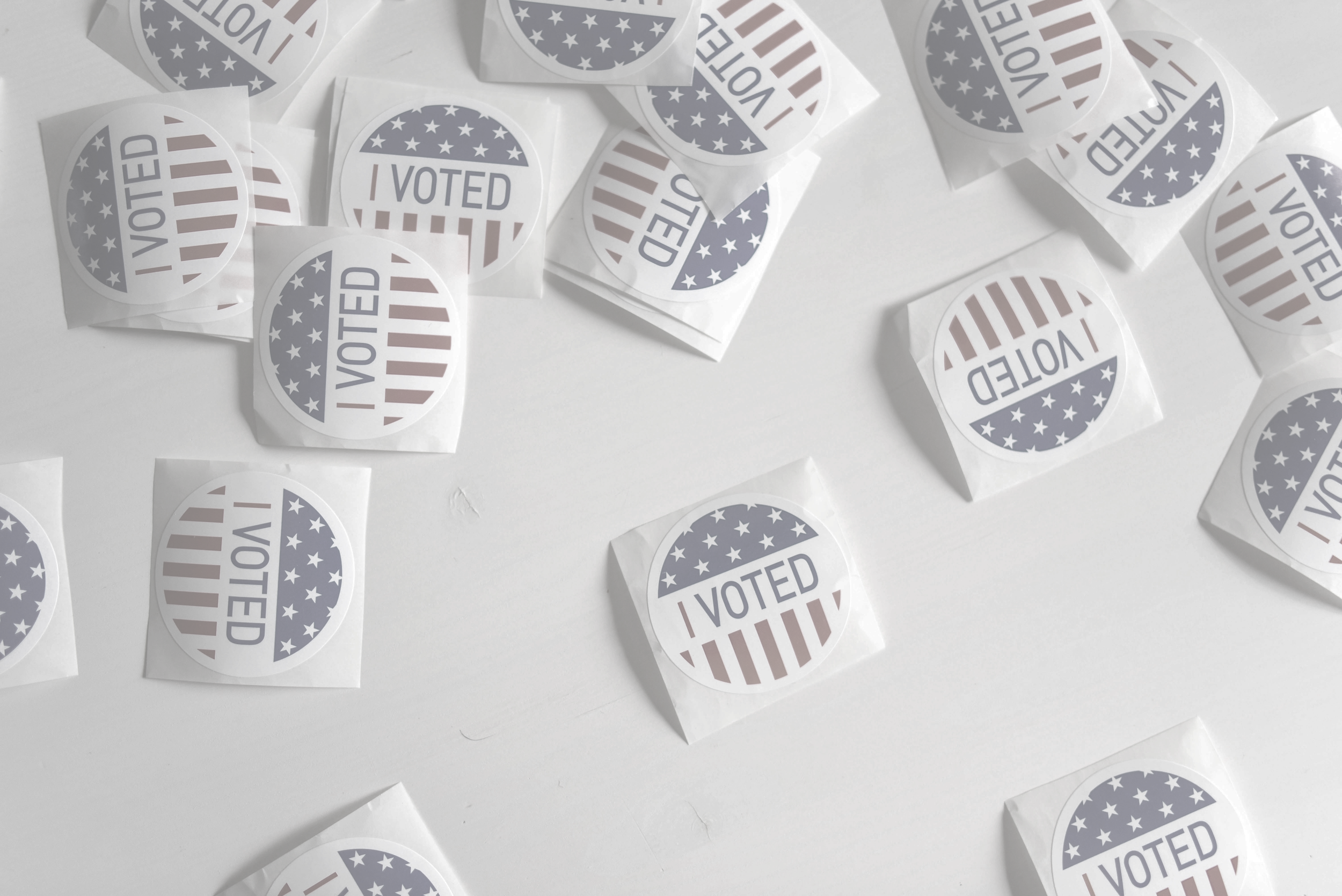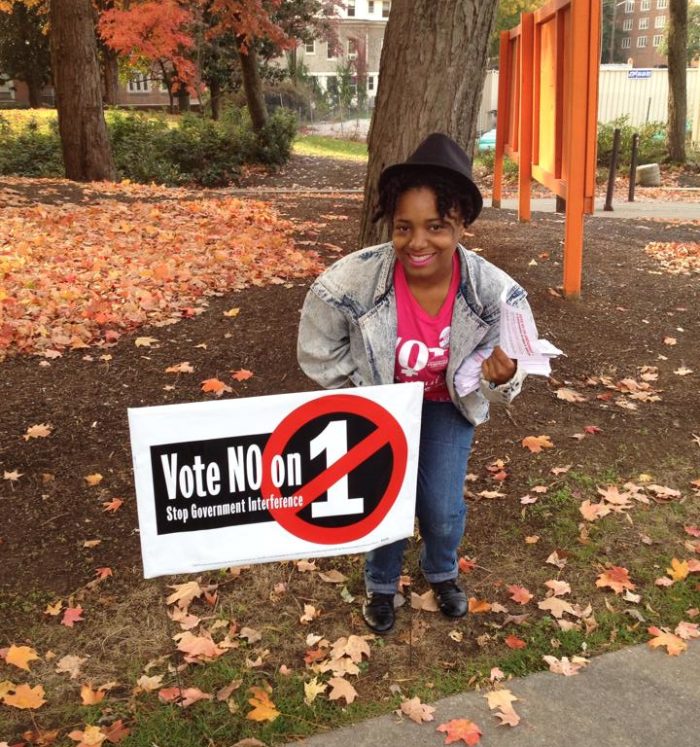
What You Need to Know
Voter disenfranchisement primarily targets people of color, disabled people, incarcerated and previously incarcerated people, and students through hurdles like gerrymandering, voter ID laws, voter roll purges, ballot inaccessibility, and voter intimidation. We won’t be able to see ourselves accurately represented in halls of power so long as our voices are stifled.


Your Vote Matters
It’s easy to feel like your vote is a small drop in the bucket, but young people have the potential to change our political landscape, especially through state, county, and municipal races, which are determined by much smaller vote margins. In 2019, a wave of young people elected the most progressive body of Virginia state legislators in at least 20 years, which has since led to legislation that strengthens abortion access, re-enfranchises voters, protects LGBTQ+ Virginians, restricts access to guns, and promotes clean energy, as well as Virginia’s passage of the Equal Rights Amendment (becoming the 38th and final state needed to ratify!)
Voting gives you the ability to directly impact laws in your state, especially through ballot initiatives. In 2024, the majority of Nevada voters overwhelmingly supported Question 6 of the ballot initiative, which established the right to abortion in Nevada’s state Constitution. Additionally, New York’s Proposal 1 succeeded, expanding Article 1, Section 11 of the New York Constitution to protect against unequal treatment on additional identities, including race, color, and religion.
